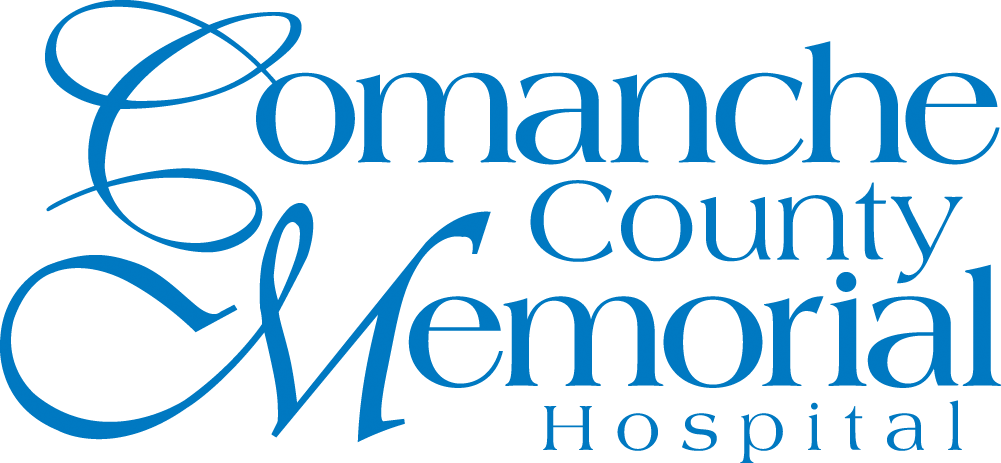When thinking of Post Traumatic Stress Disorder (PTSD), many think of soldiers. As a proud military community, we cannot deny the fact that PTSD is a troubling problem for those in the military, especially those who have faced the difficulties of combat. In fact, depending on where they served, 11-20% of all veterans experience PTSD. However, statistics also clearly show that PTSD is not just a problem that affects our military.
What is PTSD?
After a traumatic experience, sometimes the feeling of sadness, anxiety, and fear do not improve over time. If this is the case, you may be suffering from post-traumatic stress disorder (PTSD). PTSD may develop following any traumatic event.
PTSD affects people who personally experience the traumatic event, witnesses to the event, and those who assist afterward such as emergency workers and law enforcement officers. No matter the cause, with treatment and support, it is possible to manage your symptoms, reduce the pain of memories, and move beyond the trauma.
Statistics about PTSD
Of the 70% of adults in the United States who have experienced a traumatic event, 20% develop PTSD.
5% of Americans have PTSD at any given time.
1 of 13 people in the U.S. develop PTSD during their lifetime.
1 out of 9 get PTSD at some time in their lives and women are about twice as likely as men to experience PTSD. *
*Statistics gathered from Sidran Institute
How PTSD Occurs
PTSD is different from person to person because everyone’s nervous system and tolerance for stress is different. While PTSD is likely during the hours or days following a traumatic event, it can sometimes take years before symptoms appear. Sometimes symptoms even appear out of the blue. Other times, they are triggered by a painful reminder of the traumatic event. Examples include an image, certain words, noise, or smell.
Symptoms of PTSD
There are four main symptoms of PTSD:
- Re-experiencing the traumatic event through flashbacks, nightmares, or memories. This includes intense mental or physical reactions when remembering the trauma.
- Avoiding reminders of the trauma. This includes losing interest in activities one was taking part in when the incident occurred and feeling emotionally detached from others.
- Hyperarousal is also a common symptom. This includes sleep problems, irritability, hypervigilance, feeling jumpy, and having angry outbursts.
- Negative thoughts and difficulty concentrating or remembering. This includes hopelessness, feeling distrust, betrayal, guilt, shame, self-blame.
PTSD symptoms in children
For children, especially younger children, the symptoms may include:
- Fear of separation from their parent
- Lose of previously-acquired skills such as toilet training
- Nightmares and difficulty sleeping
- Play in which aspects of the trauma are repeated
- New anxieties and phobias such as fear of monsters
- Re-creating the trauma through stories, drawings or play
- Aches and pains without an apparent cause
- Aggression and irritability
PTSD may also result from surgery when children are too young to fully understand what’s happening to them.
If you are struggling to recover from trauma, please reach out to one of our providers today. You can find a list of them at cmhhealth.com/providers.
Disclaimer
The Comanche County Memorial Hospital website does not provide specific medical advice for individual cases. Comanche County Memorial Hospital does not endorse any medical or professional services obtained through information provided on this site, articles on the site or any links on this site.
Use of the information obtained by the Comanche County Memorial Hospital website does not replace medical advice given by a qualified medical provider to meet the medical needs of our readers or others.
While content is frequently updated, medical information changes quickly. Information may be out of date, and/or contain inaccuracies or typographical errors. For questions or concerns, please contact us at contact@ccmhhealth.com.

